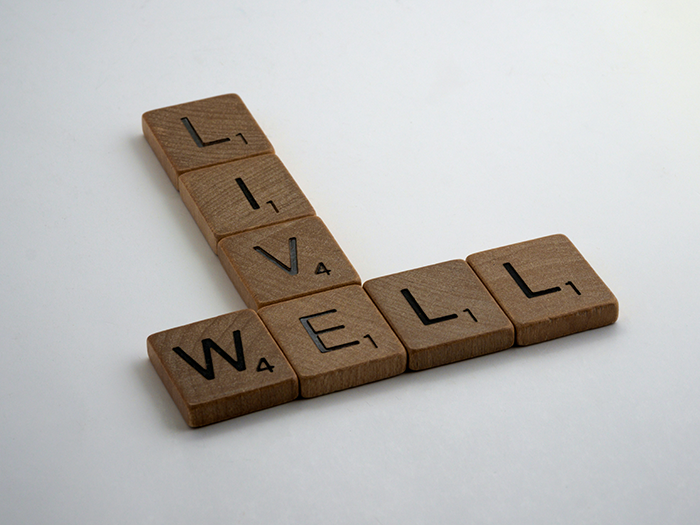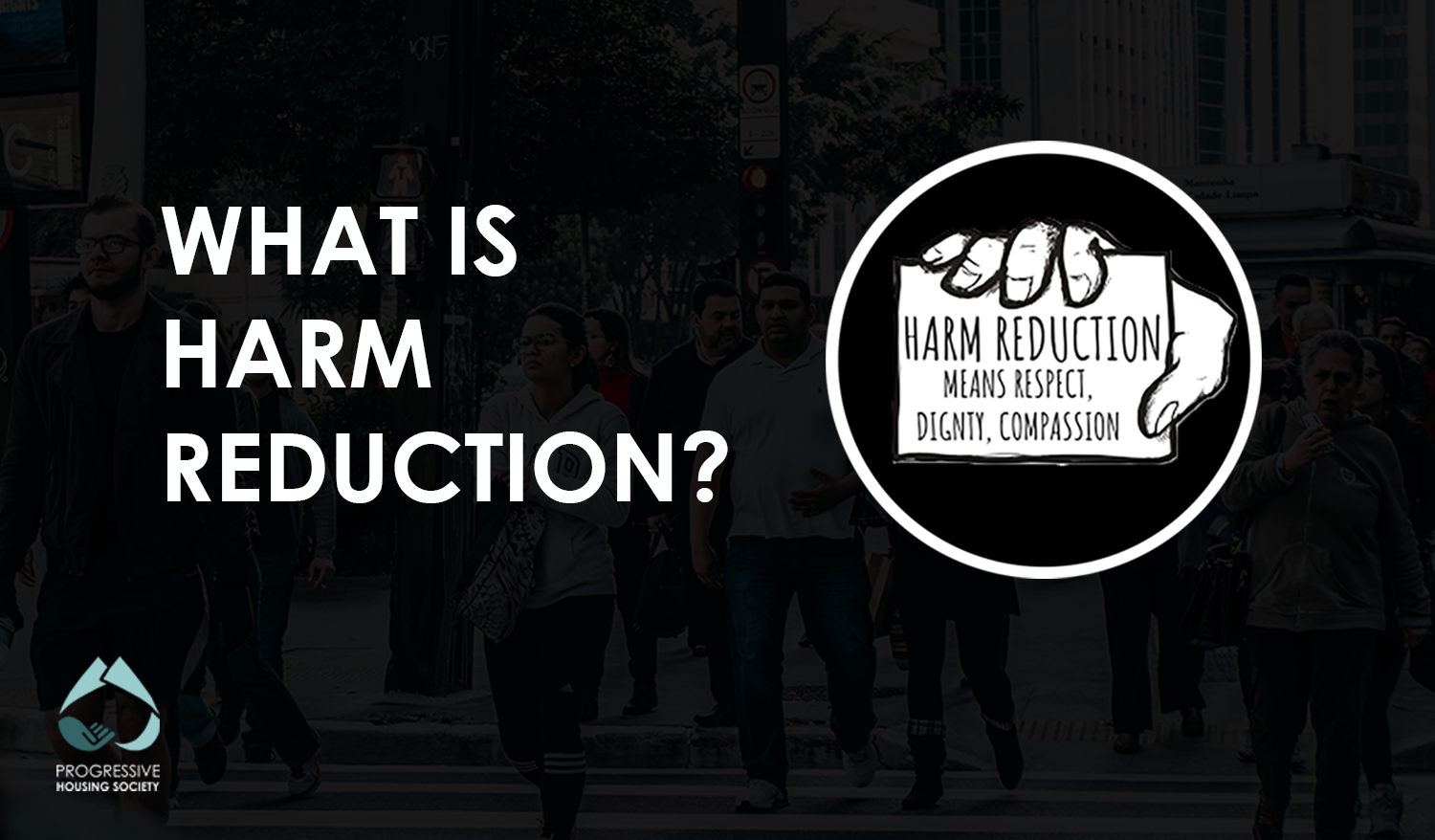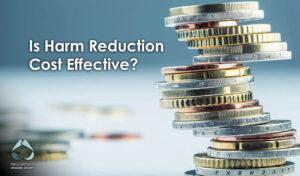What is Harm Reduction
-
by
 PHS
PHS
As we strive for a world where health and wellness are accessible to all, one term that keeps gaining momentum is “harm reduction.” Yet, for many, the concept remains nebulous. To demystify this term, we must break down what it means, its underlying principles, and its application. So let’s embark on a look into the world of harm reduction.
The Essence of Harm Reduction
“Harm reduction” is no random jargon; it’s an impactful concept rooted in empathy and respect for humanity. One fundamental aspect that distinguishes this philosophy is its unwavering belief in human dignity. It emphasizes the inherent value of every individual, irrespective of their backgrounds or the choices they make.
People who engage in risky behaviors are not expendable. They’re human beings woven into the social fabric, playing their parts as children, siblings, or parents, and are cherished by their families. They have their histories, struggles, hopes, and dreams, just like anyone else.
Applying Harm Reduction to Substance Misuse
When most people mention this approach, it’s often within the context of substance misuse. Substance misuse, particularly injection drug use, carries significant risks. There is the potential for overdose and various physical and mental health problems.
Beyond the individuals themselves, these risks extend to their families and the broader community. Hence, the application of harm reduction principles in this context has revolutionized the way we address substance misuse.
Risk mitigation strategies arent exclusively related to substance misuse, though. It can be a strategy to reduce the risks of any behaviour that could cause significant harm to an individual. It has helped those facing risks involved with gambling, sex work, self harm, and many other areas.
So, What is Harm Reduction?
Harm reduction is a comprehensive public health strategy aimed at lessening the harmful effects linked to various behaviors or situations, without strictly demanding total avoidance or abstinence. It understands that despite all the efforts, some behaviors might persist and hence. The approach promotes working towards finding practical and compassionate ways to reduce harm, increase personal well-being, and improve public health overall.
This method respects that people engage in a broad array of activities. Instead of branding these behaviors as negative or illegal, this approach focuses on offering help, resources, and information to assist individuals in making safer decisions. It stresses the importance of individual dignity and independence. It is about encouraging us to recognize that change can often be a slow process that doesn’t happen overnight.

Protective strategies can be utilized in many areas, such as drug use, sexual health, mental health, safe driving and road safety, gambling, sex work, eating disorders, homelessness, self-harm, and smoking, among others. It customizes strategies according to specific situations, keeping in mind the unique challenges and needs associated with each group or behavior being addressed.
Implementing Strategies
Knowing what harm reduction is, the next logical step is understanding how to implement it.
The beauty of this approach lies in its non-judgmental, non-coercive strategies. It provides people with a choice of how they will minimize harms. They’re equipped with the skills and knowledge to live safer, healthier lives.
Strategies to reduce risk provide users with the opportunity to engage with peers, medical, and social services in a non-judgmental manner. The key to success is meeting them wherever they are on their journey. For example, we could offer someone struggling with addiction strategies, such as:
- Using a nicotine patch instead of smoking
- Consuming water while drinking alcohol
- Using substances in a safe environment with trusted individuals
- Needle exchange programs for people who inject drugs
- Safe injection sites
These methods are practical steps towards reducing risks associated with substance misuse. It’s important to remember that change is hard, especially when addiction is involved. However, using such risk mitigation strategies increases the chances of keeping individuals alive, providing them with the time and space to make the choice to change.
Empowering Choice, Promoting Health
Contrary to some misconceptions, employing strategies that focus on reducing risk doesn’t encourage drug use or other risky behavior. Instead, it acknowledges that people engage in higher-risk behaviors for a variety of reasons. Harm reduction strives to give them more control over their health and lives.
Harm reduction supports the principle that individuals struggling deserve dignity, respect, and a plethora of options suitable to their situation and challenges. This approach equips them to make informed decisions about their specific needs and what would be most effective for them while simultaneously reducing harm.
Providing individuals with choices is more empowering and effective than shaming or punishing them. While shame isolates, risk minimization fosters connections and opens the door to potential change.

Becoming an Advocate for Harm Reduction
Each of us has a role to play in promoting a healthier community. Sharing this article is one way to raise awareness about harm reduction. Volunteering or donating are more direct ways to contribute to this cause. Your contributions help support the health and wellbeing of your community.
Remember, in the world of harm reduction, every effort counts. Even the smallest actions can ignite change and create a ripple effect. Let’s make a difference today!
References
Association, C. M. (2019, July 04). Harm Reduction. Retrieved from Canadian Mental Health Association: https://ontario.cmha.ca/harm-reduction/
Canada, G. o. (2018, August 13). Harm Reduction: Canadian Drugs and Substances Strategy. Retrieved from Government of Canada: https://www.canada.ca/en/health-canada/services/substance-use/canadian-drugs-substances-strategy/harm-reduction.html
Canada, G. o. (2019). Harm Reduction: Canadian Drugs and Substances Strategy. Retrieved from Government of Canada: https://www.canada.ca/en/health-canada/services/substance-use/canadian-drugs-substances-strategy/harm-reduction.html
CATIE. (2019). HIV in Canada: A primer for service providers. Retrieved from CATIE: https://www.catie.ca/en/hiv-canada/4/4-2/4-2-4A
Coalition, C. D. (2019, July 04). Harm Reduction. Retrieved from Canadian Drug Policy Coalition: http://drugpolicy.ca/issues/harm-reduction/
Health, B. C. (2005). Harm Reduction – Ministry of Health. Retrieved from British Columbia Ministry of Health: https://www.health.gov.bc.ca/library/publications/year/2005/hrcommunityguide.pdf
Ti, L., & Kerr, T. (2014 ). The impact of harm reduction on HIV and illicit drug use. Harm Redcution Journal.
Wodak, A., & Maher, L. (2010). The effectiveness of harm reduction in preventing HIV among injecting drug users. NSW Public Health Bulletin, 69-73.


